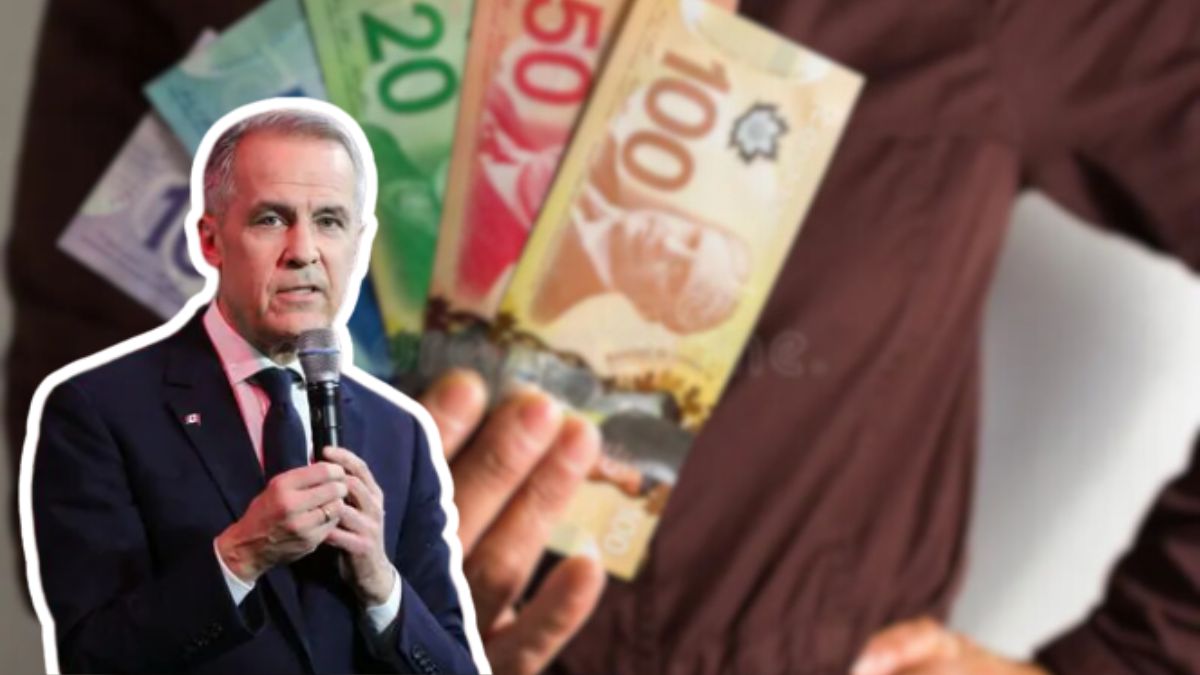Hello Everyone The Canadian government has announced a major update to its carbon rebate program, confirming that eligible households will receive up to $500 in 2025. Known officially as the Climate Action Incentive Payment (CAIP), this rebate is designed to return carbon pricing revenues back to families while supporting the country’s climate commitments.
As energy, heating, and fuel costs continue to challenge household budgets, the rebate aims to balance affordability with environmental responsibility. Here’s a detailed breakdown of who qualifies, how much will be paid, and when Canadians can expect the money.
What Is the Carbon Rebate Boost?
The carbon rebate program offsets the additional costs caused by the federal carbon tax. Since carbon pricing raises the price of fuel, heating, and other essentials, the rebate ensures that most households actually receive more back in rebates than they spend on carbon costs.
In 2025, the government has increased the maximum rebate to $500, recognizing the higher carbon pricing and the need to protect Canadian families from rising expenses.
Eligibility Criteria for the $500 Carbon Rebate
Not every Canadian automatically qualifies. To be eligible in 2025, residents must meet the following conditions:
- Residency: Must be a Canadian resident for tax purposes at the start of the payment year.
- Age Requirement: Must be at least 19 years old, unless you are married, living common-law, or a parent.
- Tax Filing: You must file an income tax return, even if you have no income. Filing is the only way to trigger eligibility.
- Provincial Eligibility: Applies only in provinces under the federal carbon pricing system – currently Alberta, Saskatchewan, Manitoba, and Ontario. Provinces with their own carbon pricing systems are not covered.
These criteria ensure that the rebate goes directly to households impacted by federal carbon pricing.
Payment Details for 2025
The $500 carbon rebate will not be issued as a lump sum but instead delivered in quarterly payments. This approach ensures Canadians receive consistent relief throughout the year.
The expected payment months are:
- April 2025
- July 2025
- October 2025
- January 2026
Payments are typically made through direct deposit to the account linked with your Canada Revenue Agency (CRA) profile. If you do not have direct deposit, a cheque will be mailed.
Families with children will also receive additional per-child supplements, making the benefit especially important for larger households.
Extra 10% Support for Rural Communities
Recognizing that rural and small-town Canadians often face higher fuel and heating costs, the government has added an extra 10% top-up for those living outside major urban centers.
This supplement acknowledges the fact that rural residents depend more heavily on longer travel distances, private vehicles, and higher heating needs, which increases their carbon-related expenses.
Why the Carbon Rebate Matters in 2025
The increase to $500 comes at a critical time. Inflation and higher energy bills continue to strain family budgets, especially for low- and middle-income households.
Key reasons why the rebate is vital:
- Offsets carbon pricing costs by putting money directly back into households.
- Protects affordability, ensuring Canadians are not disproportionately impacted by climate policies.
- Encourages cleaner energy choices, reinforcing Canada’s long-term environmental strategy.
- Supports rural households with the additional 10% top-up.
This dual approach ensures both financial relief and progress on climate action.
FAQs – Canada $500 Carbon Rebate Boost 2025
1. Who qualifies for the $500 carbon rebate in 2025?
Anyone who files taxes, meets the age or family requirements, and resides in provinces under the federal carbon pricing system (Ontario, Alberta, Saskatchewan, Manitoba) qualifies.
2. Do I need to apply for the rebate?
No. Filing your annual income tax return automatically determines eligibility.
3. How often will payments be made?
Payments are issued quarterly – in April, July, October, and January of the following year.
4. Will rural residents receive more?
Yes. Those living in rural or small communities are entitled to an extra 10% top-up on their rebate.
5. How will I receive my rebate?
Most payments are made by direct deposit through the CRA. If you don’t have direct deposit set up, you’ll receive a cheque by mail.






